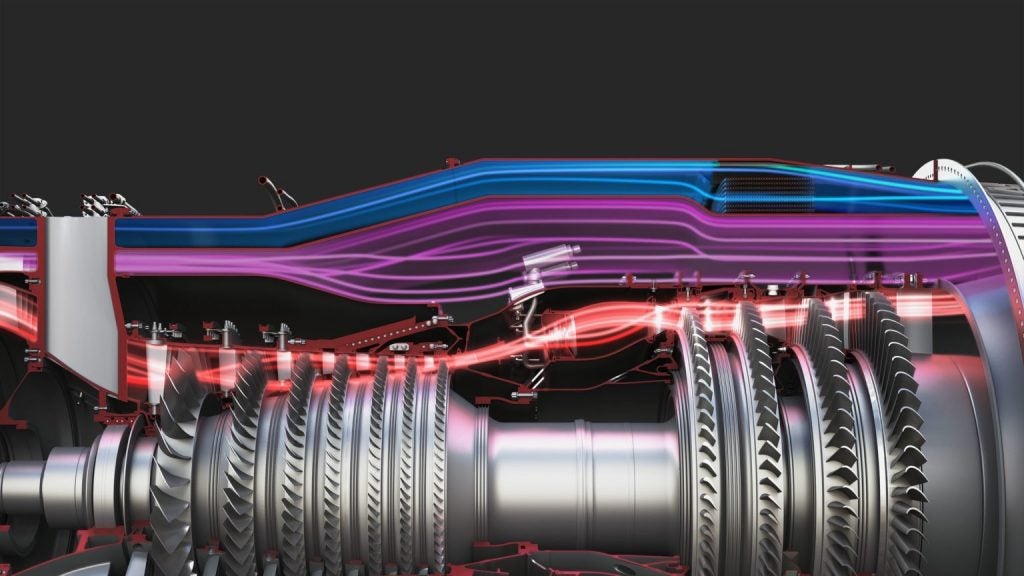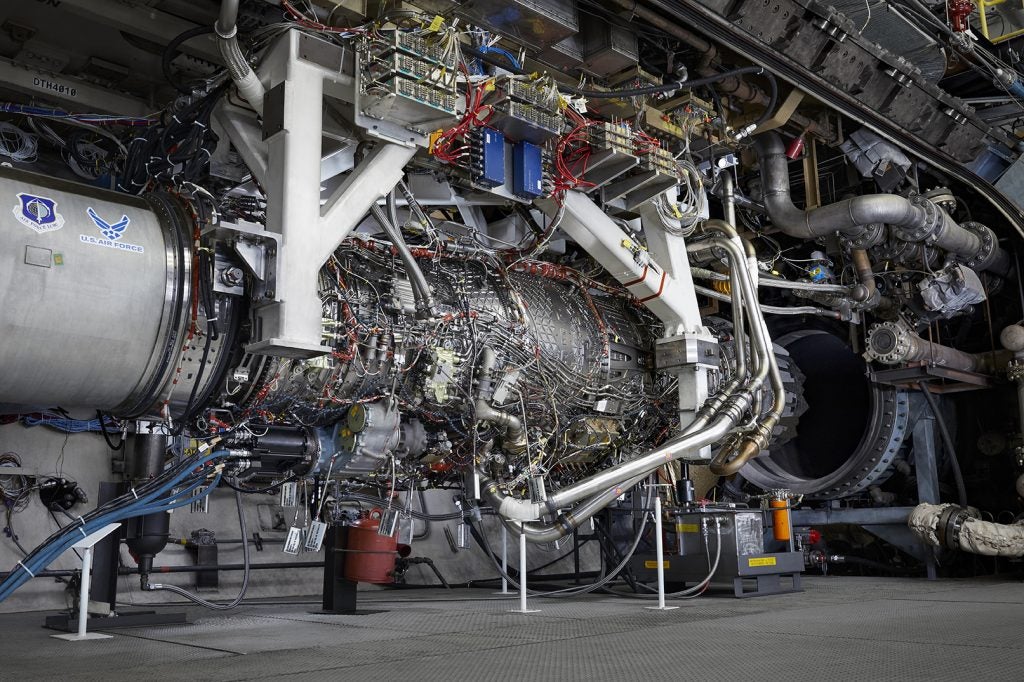General Electric’s Second XA100 Adaptive Cycle Engine Completes First Testing Phase
General Electric has announced the completion of phase 1 testing on its second XA100 adaptive cycle engine. The XA100 is being developed for the U.S. Air Force’s Adaptive Engine Transition Program (AETP), which is pursuing development of adaptive cycle engines for USAF tactical aircraft like the F-35. Phase 2 tests are planned to start in the first quarter of 2022, at the United States Air Force’s Arnold Engineering Development Complex.
“Phase 1 testing allowed us to further characterize the operation of the engine and puts us in a great position to begin Phase 2 testing at AEDC,” said David Tweedie, GE Edison Works’ general manager for Advanced Combat Engines. “We continue to burn down risk with full-scale engine testing, which is why the XA100 is the lowest risk, most capable, and fastest approach to keep the F-35 a preeminent fighter platform for the long term.”
General Electric says that the XA100 is “uniquely designed” to fit both the F-35A and F-35C, without requiring structural modifications to either airframe. The statement follows comments in September by F-35 Program Executive Officer Lt. Gen. Eric T. Fick, who stated at the time that the XA100 and Pratt and Whitney’s competing XA101 would both require “significant” modifications to fit in the F-35C, while installation in the short takeoff and vertical-landing F-35B was “completely a non-starter”. As a result, he said that the USAF would likely have to solely bear the cost of development and production of AETP engines should the service adopt them.

However, Fick also noted that the in-development Block 4 will require additional power to fully exploit its new capabilities. While the demands of the first three capability increments can be met by the current Pratt & Whitney F135 engine powering all F-35s, he said that subsequent developments will need “something different”.
General Electric’s announcement also comes on the heels of language in the 2022 National Defense Authorization Act accelerating the AETP program, In addition to tripling funding allocated to the program to $380 million, the 2022 NDAA calls for a joint plan by the Secretary of the Air Force and the Undersecretary of Defense for Acquisition and Sustainment on the adoption of adaptive cycle engines for all of F-35As going forwards by 2027, in addition to retrofitting them onto F-35As already in service. The bill, which is awaiting signing by President Joe Biden following its bipartisan passage, requires the joint plan to be presented within two weeks of the delivery to Congress of the fiscal 2023 budget request.
The act also requires a similar report from the Secretary of the Navy on the integration of an “advanced propulsion system” in the F-35B and F-35C, that could be a derivative of the AETP or “a propulsion system previously developed for the F-35 aircraft”, most probably Pratt & Whitney’s Enhanced Engine Program “re-coring” efforts for the current F135 engine. The report requires the Navy to explore how adoption of a new engine would improve combat effectiveness and sustainment costs, as well as its effect on in-flight refueling requirements.

